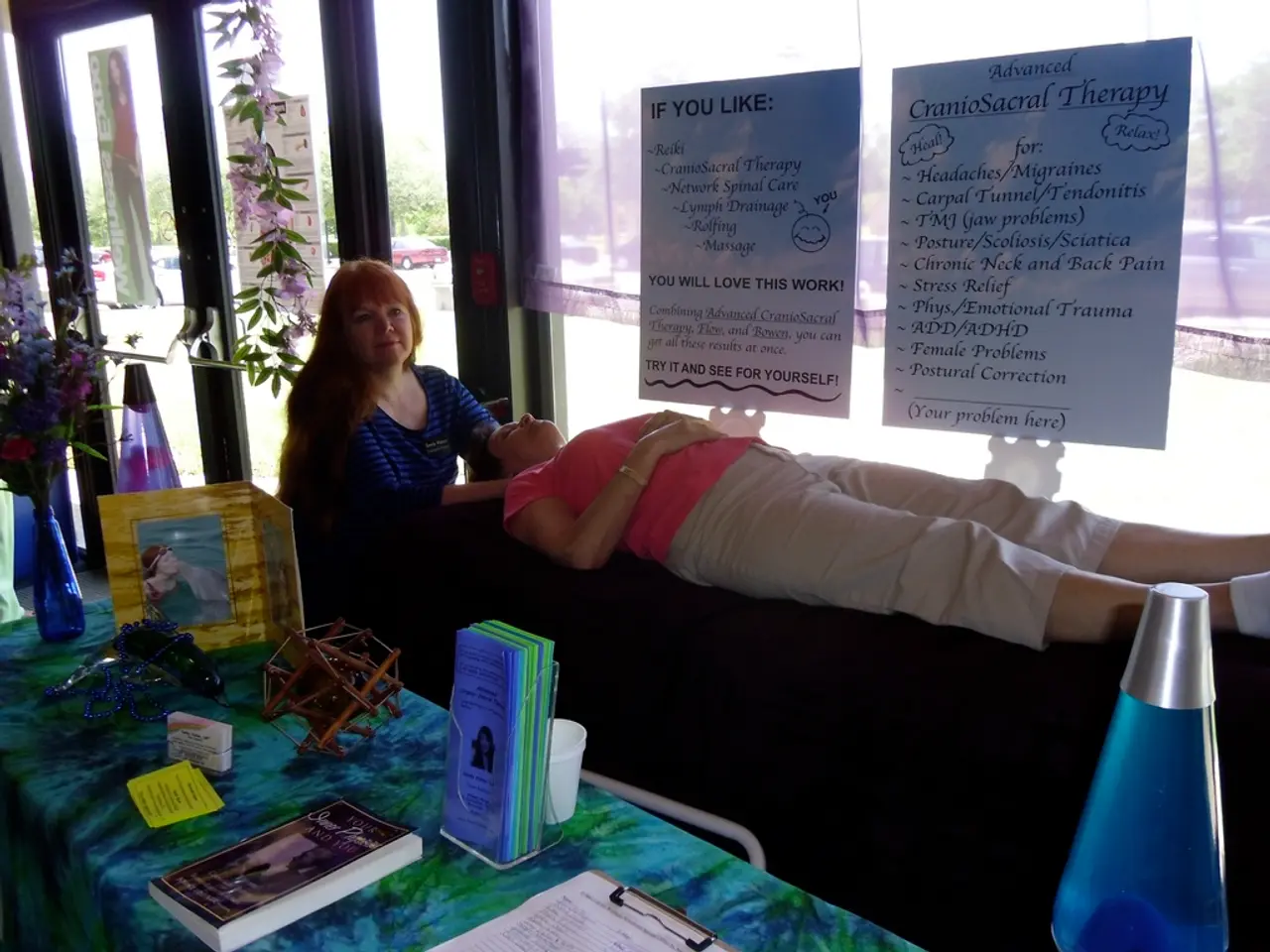Building an Audience's Confidence Through Trust-Building Strategies
In the realm of effective presentations, building trust with the audience is paramount. Allison Shapira and David Horsager, in their article "Win Over an Audience, Focus on Building Trust" published in HBR 2022, emphasise this point.
To achieve this, presenters must exhibit key competencies such as authenticity, confidence, and empathy. Authenticity lies in being genuine and true to one's message, fostering a connection with the audience. Confidence, a contagious trait, helps build trust by demonstrating a belief in the material and delivery. Empathy, understanding the audience's needs and concerns, enables presenters to tailor their message effectively.
The strategies to build trust can be categorised into five main areas: Pre-Presentation Preparation, Engage with the Audience, Transparency and Clarity, Physical Presence, and Feedback and Adaptation.
Pre-Presentation Preparation involves rehearsing thoroughly, understanding the audience, and being prepared for any questions or feedback. Engaging with the audience can be achieved by incorporating interactive elements and maintaining eye contact. Transparency and clarity are essential for trust-building, with presenters encouraged to be open about their intentions and use simple language.
Physical presence is another crucial factor. Presenters should engage in vocal and body warm-ups, project confidence through body language, and maintain a positive demeanour. Feedback and Adaptation are vital for continuous improvement, with presenters encouraged to seek feedback from peers and adapt their presentations based on audience needs.
Moreover, the article highlights the importance of consistency in actions for building a positive reputation at both organisational and individual levels. Consistency can make it easier to include trust-building attributes in all presentations.
Leaders should communicate with clear goals and a structured presentation. Clarity is essential in building trust, as people distrust what is confusing or complicated. Demonstrating competency by practicing what is preached and sharing experiences or current trends can help build trust. Empathizing with the audience's feelings and customising the presentation for them can also help build trust.
Lastly, using inclusive language like "we" can help leaders demonstrate compassion, and compassion is important for leaders, as lack of compassion is a common reason for leaving a job. By focusing on these strategies, presenters can effectively build trust with their audience, leading to a more engaged and receptive audience.
- To fortify authenticity in a presentation, one could focus on fashion-and-beauty and home-and-garden styles that align with the message, subtly reflecting personal lifestyle.
- In the pre-presentation preparation stage, conducting research on food-and-drink trends and incorporating them may captivate the audience and showcase the presenter's awareness of current happenings.
- Relationships can be strengthened through empathy and understanding the audience's preferences, as in catering to their travel and leisure activities during team-building events.
- A confident and compassionate car salesperson could use feedback and adaptation strategies to build trust with customers, such as demonstrating a model while explaining unique features, and adapting the presentation to cater to individual needs and concerns.




